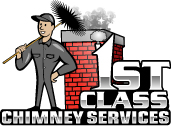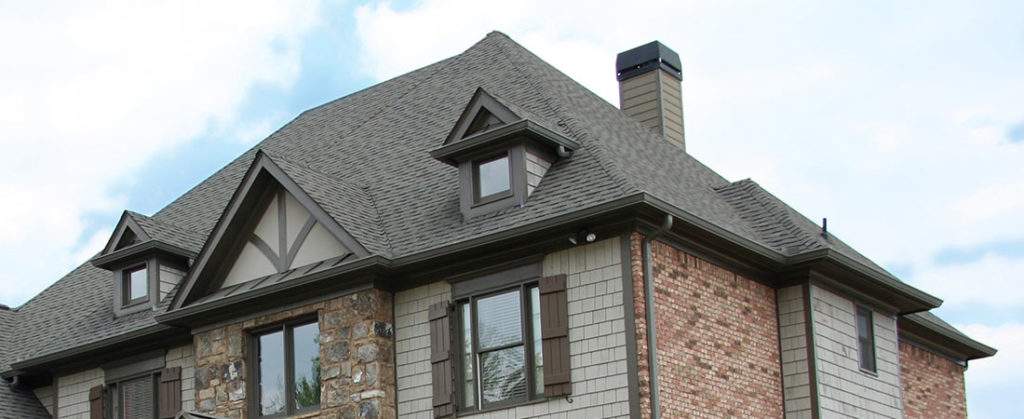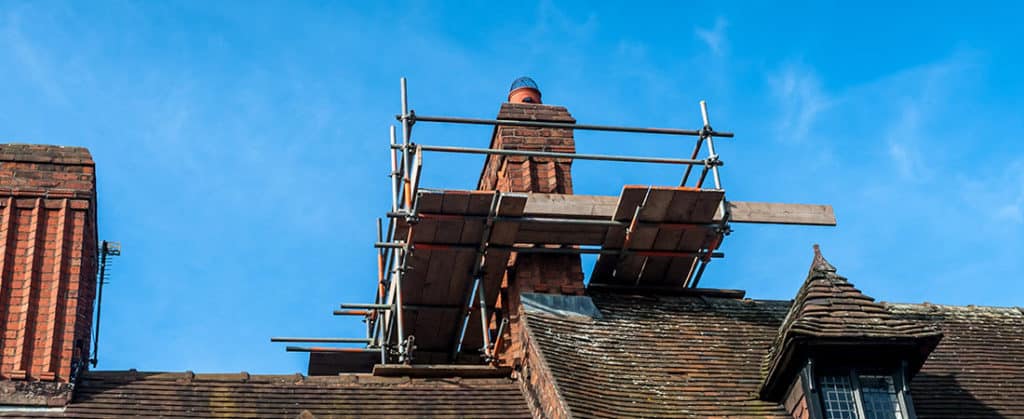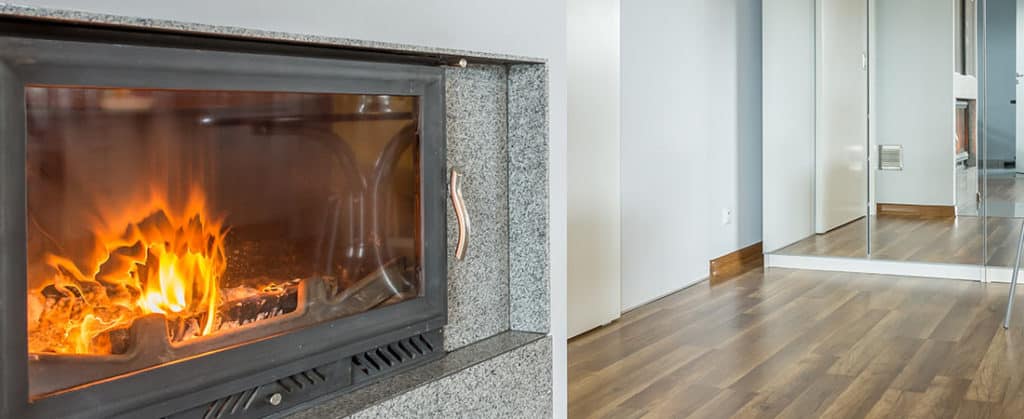You have a cozy and stylish chimney in your house, but it keeps your family warm, making you feel secure. Have you thought of how important chimneys and security and safety are? There are a lot of chimney components at work that will protect it from becoming unstable or malfunctioned. This will keep you safe from common hazards in your fireplace. You can talk to a chimney sweep company to clean your chimney, but you should know what the protective components are.
The chimney is one of the most vital components of any home. To put it simply, the excellent masonry structure allows your fireplace to operate safely or it can be a heating stove on those winter days. Learn more.
Chimney Cap
A chimney cap protects your chimney from rain, snow, and debris. It is going to keep animals from going inside the chimney. The chimney cap is a hat that will cover the opening, and it normally has wires around it. The rain caps were not common on the past masonry chimneys. However, they are necessary. If you do not have chimney caps, chimneys are going to deteriorate rapidly. A cap increases the longevity of your chimney. Outdoor elements exposure and exhaust gases will cause deterioration. You might not see any damage. The technicians will see the deterioration when they inspect your chimney. They will explain the different kinds of caps for chimneys so you will know which is the best chimney cap to get.
Chimney Crown
Another protective component is a chimney crown, a concrete slab that will top your chimney masonry. It normally has a slope and drip edge in order to deflect the precipitation away from the structure in order to protect interior masonry from water damage. However, the environmental conditions, age, and house settling cause cracks in the surface where moisture leaks inside the chimney. Aside from that, water leaks will damage other protective components in your chimney, which includes the flue, damper, and liner.
Bricks
This is the foundation of a chimney stack, and bricks are responsible for the chimney structure’s integrity. In case the bricks are deteriorated and old, water seeps through and mold grows over time. You can get your chimney inspected every year by professionals. It is recommended that you should stay ahead of fireplace chimney maintenance between inspections and regular cleaning.
Smoke Chamber
Smoke coming from the fireplace will enter the smoke chamber before it goes inside the flue. The smoke chamber will have sloped walls. The incline will create an easier path so the smoke can leave the flue. The smoke chamber also has a creosote and soot buildup. The smoke chamber can be inspected once annually.
Flue Liner
Flue liners are another critical and protective component of a chimney. The flue liner is normally made of clay tile, that uses stainless steel or cement to cast it in place. It insulates the flue that protects the masonry’s interior from intense flames and heat, and hot embers. In case your chimney is cracked or damaged with no flue liner, extreme heat or chimney fire damages the brickwork which allows the smoke and fumes inside your house. This is going to increase the risk of fire and smoke exposure to toxic fumes.
Damper
Over time, the damper often becomes damaged. They are supposed to control the airflow that goes in and out which uses your chimney in order to avoid drafts. When you are aware of the state of the damper, it is essential to ensure that your fireplace is working properly.
You can contact chimney repair Upper Marlboro anytime.



